Vintage toys that would never be approved today
There’s something undeniably charming about vintage toys. They evoke a sense of nostalgia, transporting us back to simpler times when play was unencumbered by screens.
However, many of these toys, despite their charm, carried risks that would make today’s parents shudder. From hazardous materials to questionable designs, let’s take a journey through some of the most fascinating—and dangerous—toys from days gone by.
The Evolution of Toy Safety Standards
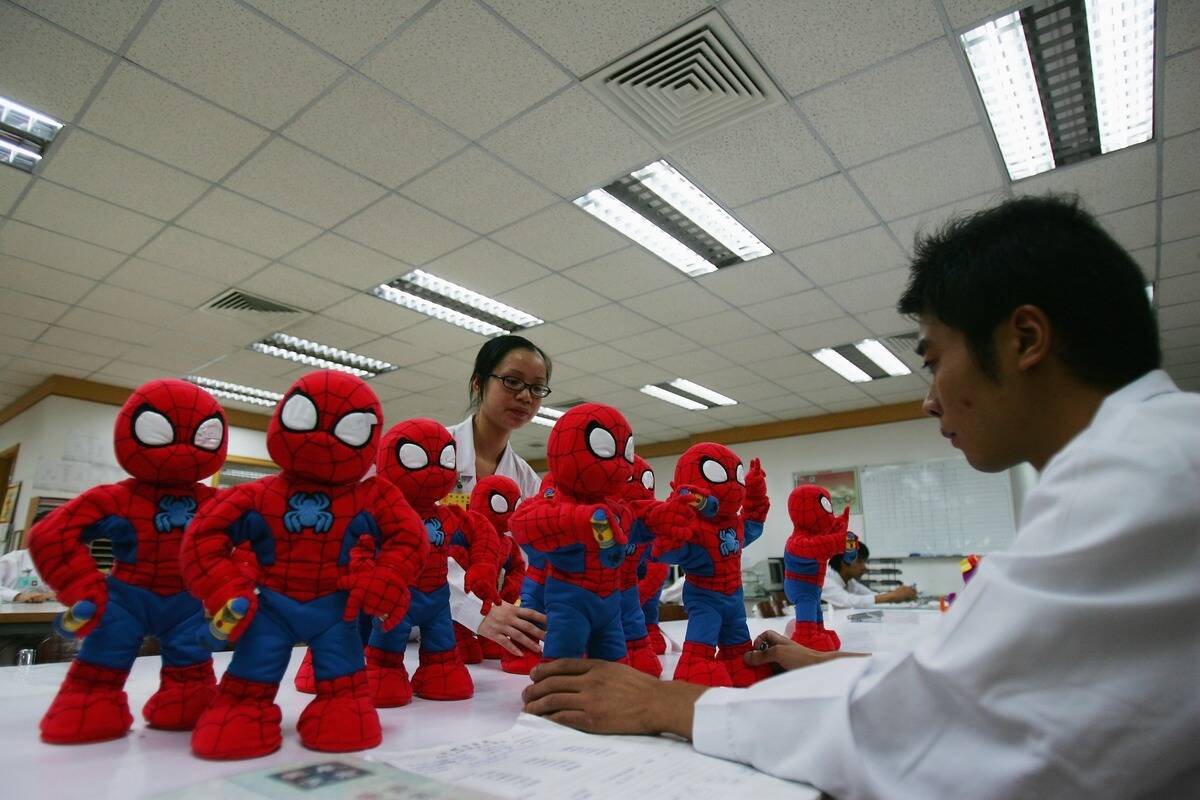
Toy safety standards have come a long way since the mid-20th century. In the 1970s, the Consumer Product Safety Commission (CPSC) was established, leading to stricter regulations. Prior to that, toys were often made with little regard for safety.
Lead paint was commonly used, and small parts frequently posed choking hazards. Today, toys undergo rigorous testing, ensuring that they meet specific safety criteria before reaching the hands of children.
Easy-Bake Oven: Fun with a Side of Burns
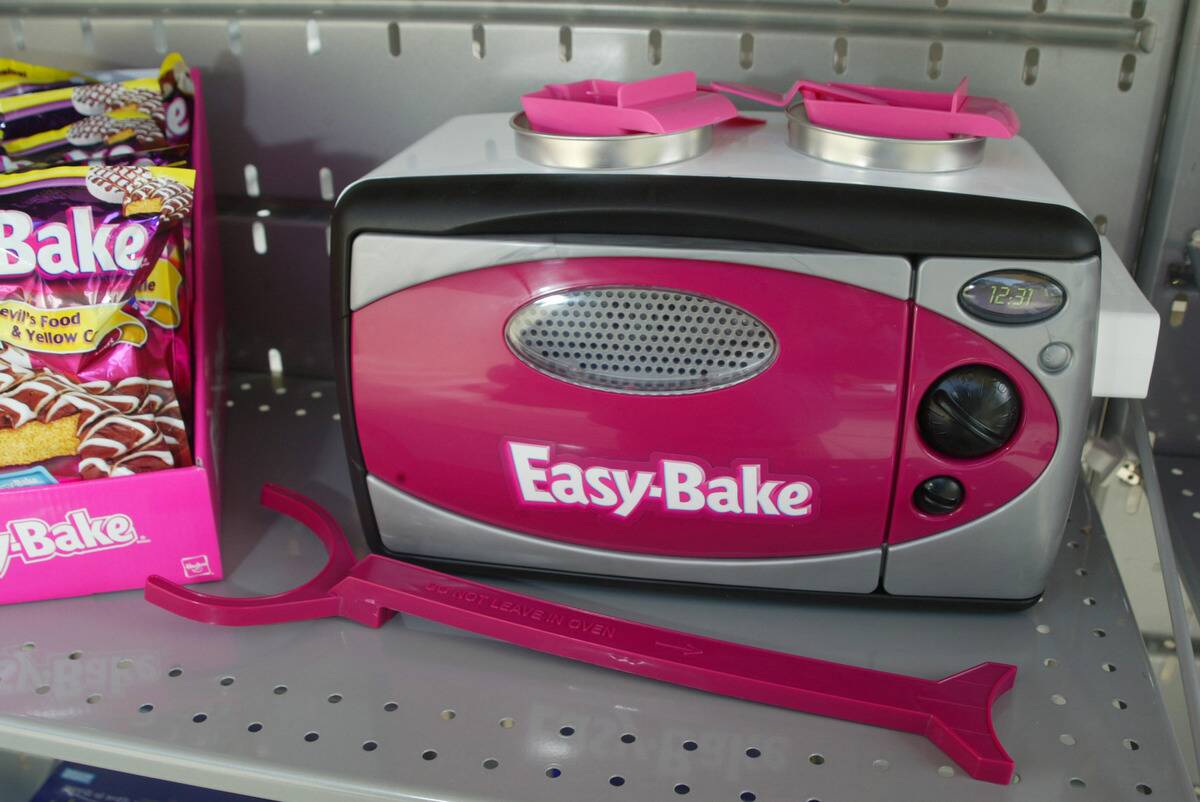
The Easy-Bake Oven, introduced in 1963, allowed children to bake real cakes using a light bulb as a heat source. While it was a beloved toy, it also had its dangers. Early models reached temperatures of up to 350 degrees Fahrenheit, leading to reports of burns and other injuries.
Over time, design improvements were made, but the Easy-Bake Oven remains a reminder of how a fun toy could have unintended consequences.
Clackers: The Noisy, Dangerous Fad
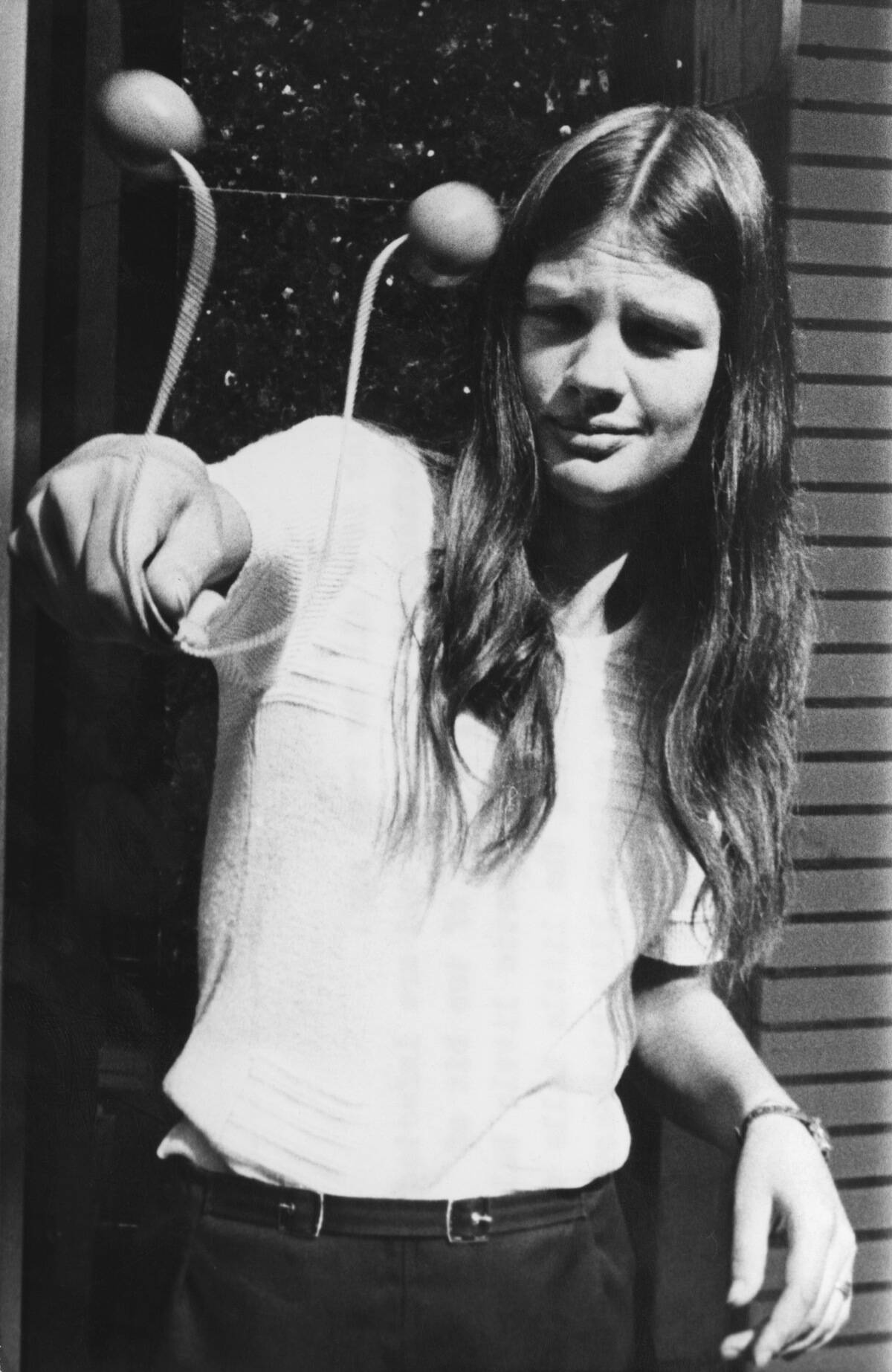
Clackers, the noisy toys made of two acrylic balls on a string, became a craze in the late 1960s and early 1970s. The goal was to swing the balls so they clacked together, a seemingly harmless activity.
However, the acrylic balls often shattered on impact, sending sharp shards flying. Concerns over eye injuries and broken teeth led to their removal from shelves, marking the end of this short-lived fad.
Creepy Crawlers: Making Bugs with a Hot Plate

Introduced in the 1960s, Creepy Crawlers allowed kids to create rubbery insects using a mold and a hot plate. The ‘Thingmaker’ heated to around 300 degrees Fahrenheit, posing burn risks to young hands.
Despite the dangers, the kits were a hit, with children enjoying making their own creepy critters. The kits have since been revamped with safer designs, but the original remains a testament to a time of more daring play.
Aqua Dots: The Toxic Bead Scandal
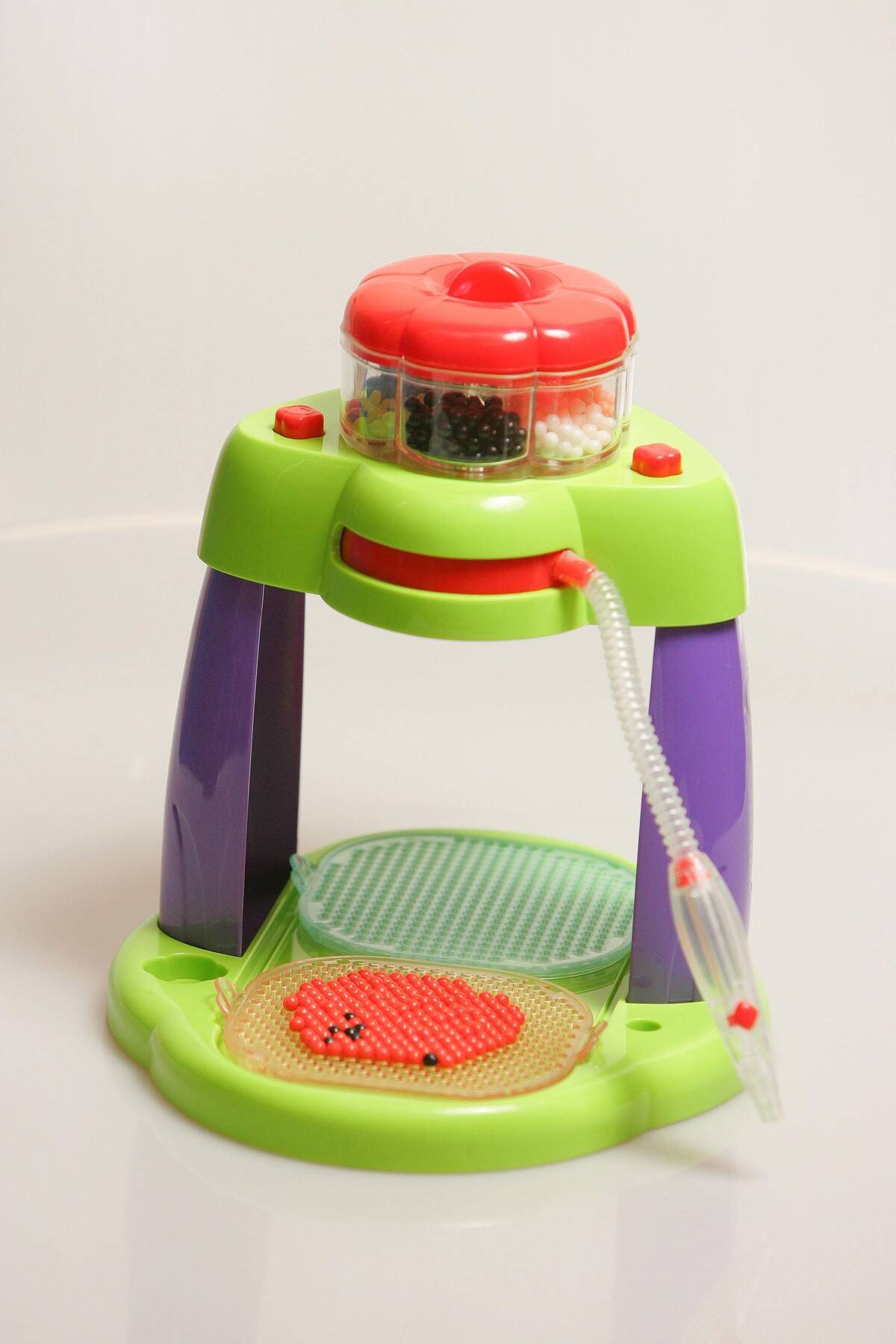
Aqua Dots, also known as Bindeez, were popular crafting beads that adhered together when sprayed with water. However, they contained a chemical that metabolized into GHB, a powerful sedative, when ingested.
Several children fell ill after swallowing the beads, leading to seizures and comas. The product was recalled worldwide in 2007, highlighting the critical need for thorough safety testing in children’s products.
Jarts: The Pointy Backyard Menace

Jarts, similar to lawn darts, were another perilous backyard game. With heavy, pointed metal tips, they posed serious risks if thrown inaccurately. Despite their danger, they were popular in the 1970s and 1980s.
The CPSC’s eventual ban reflected the growing awareness of the need for safer play options. Jarts are now a cautionary tale in the annals of toy safety history.
The Original Chemistry Sets: Explosive Fun

Early chemistry sets, popular in the mid-20th century, offered budding scientists the chance to conduct real chemical reactions. These sets often included hazardous substances like potassium nitrate and sulfur, which could cause explosions if mishandled.
While they sparked interest in science, they also posed significant risks. Modern chemistry sets have removed dangerous chemicals, focusing instead on safe, educational experiments.
Gilbert U-238 Atomic Energy Lab: A Radioactive Experiment

The Gilbert U-238 Atomic Energy Lab, sold in the early 1950s, was one of the most dangerous toys ever produced. It included real uranium ore samples, allowing children to conduct nuclear experiments.
Although it aimed to educate, the kit exposed users to radioactive materials, leading to its discontinuation after only a year on the market. It’s now a rare collector’s item, representing a bold but misguided era in educational toys.
Slinky: The Spring That Could Snap
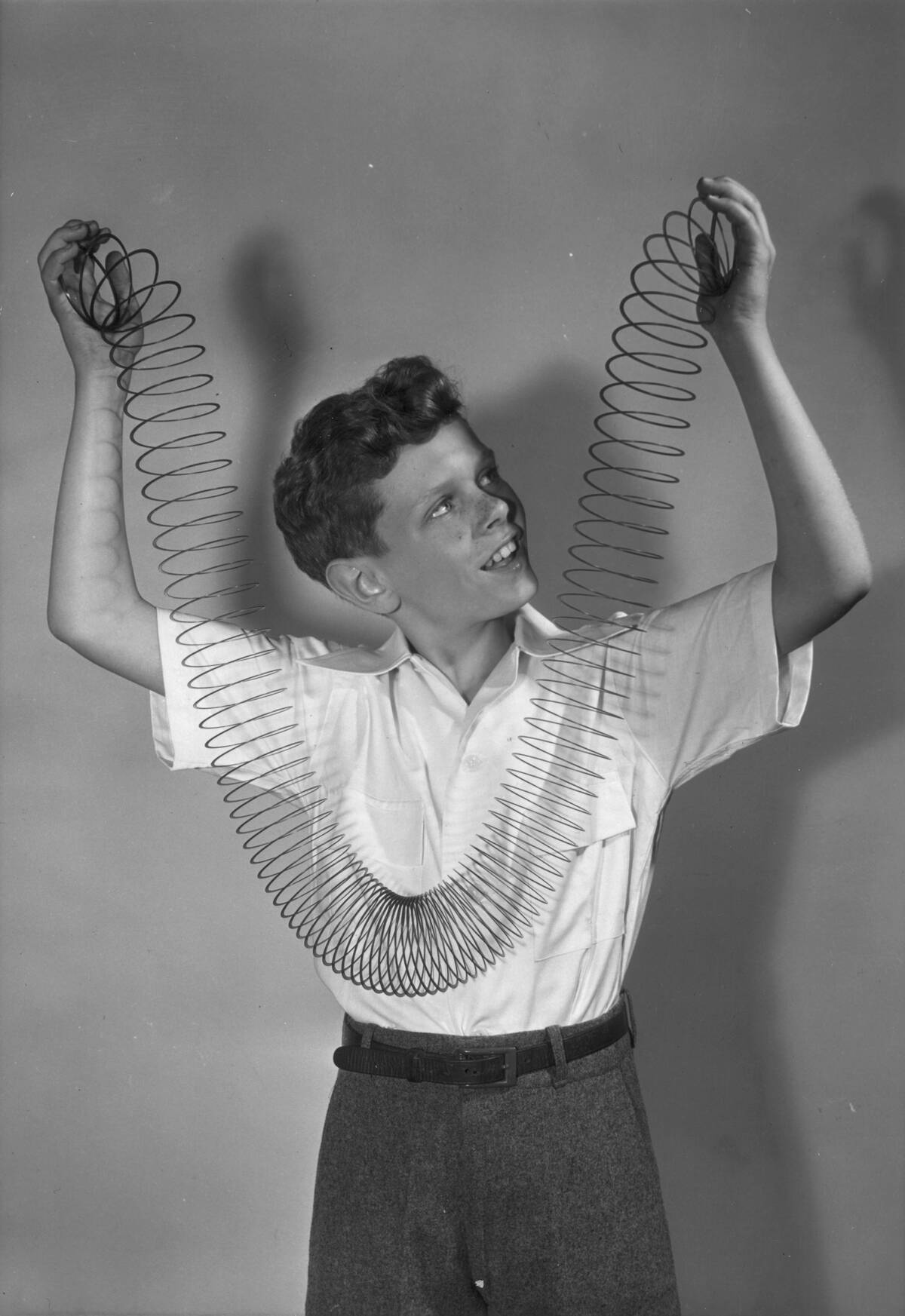
The Slinky, invented in the 1940s, is a classic toy that has fascinated generations. However, its tightly coiled metal design posed potential risks, particularly for smaller children. Fingers could easily get caught, and the metal could snap back if overstretched.
Despite these hazards, the Slinky’s simple yet captivating design has ensured its popularity endures, with modern versions made from safer materials like plastic.
Buckyballs: The Magnetic Choking Hazard

Buckyballs, small magnetic spheres used to create various shapes, became a hit with adults and teens. However, their small size and strong magnetism posed serious risks if swallowed. Ingesting multiple balls could cause blockages or tears in the intestines.
After numerous injuries, the CPSC issued a recall in 2012. The saga of Buckyballs serves as a reminder of how seemingly innocuous desk toys can become hazardous.
The Original Lawn Mower Toy: A Dangerous Imitation
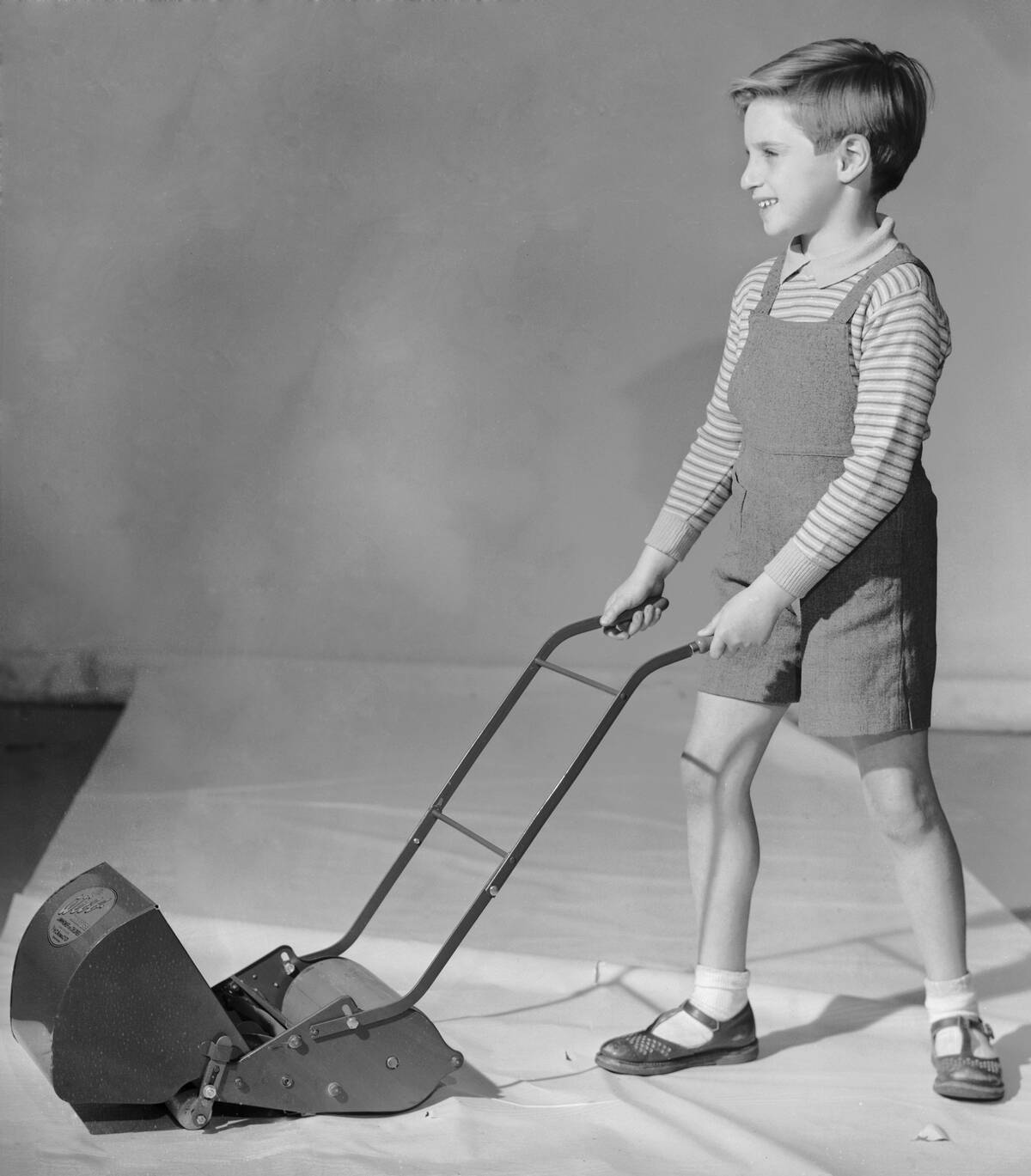
The original lawn mower toys, designed to mimic real mowers, were popular with children who loved to imitate adults. However, they often featured sharp plastic blades and moving parts that could pinch little fingers.
While they aimed to provide realistic play, the potential for injury led to redesigns that prioritized safety. Today’s versions are much safer, allowing kids to mimic yard work without the risks.
Cabbage Patch Snacktime Kids: Hair-Raising Experiences
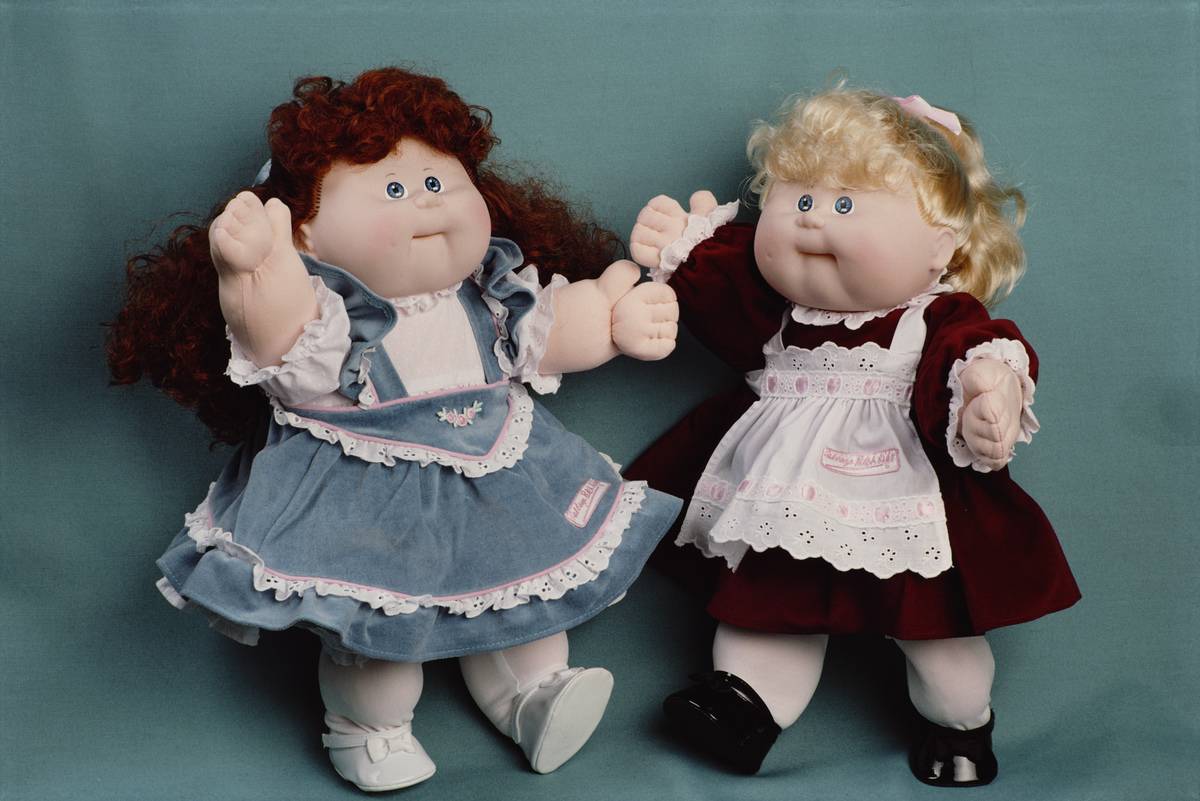
The Cabbage Patch Snacktime Kids dolls, introduced in the mid-1990s, featured a unique mechanism allowing them to ‘eat’ plastic snacks. However, their motorized mouths didn’t differentiate between snacks and hair or fingers, leading to some alarming incidents.
The dolls were pulled from shelves in 1997, serving as a lesson in the importance of ensuring toy mechanisms are child-safe.
Fisher-Price Power Wheels: Speedy Adventures, Sudden Stops
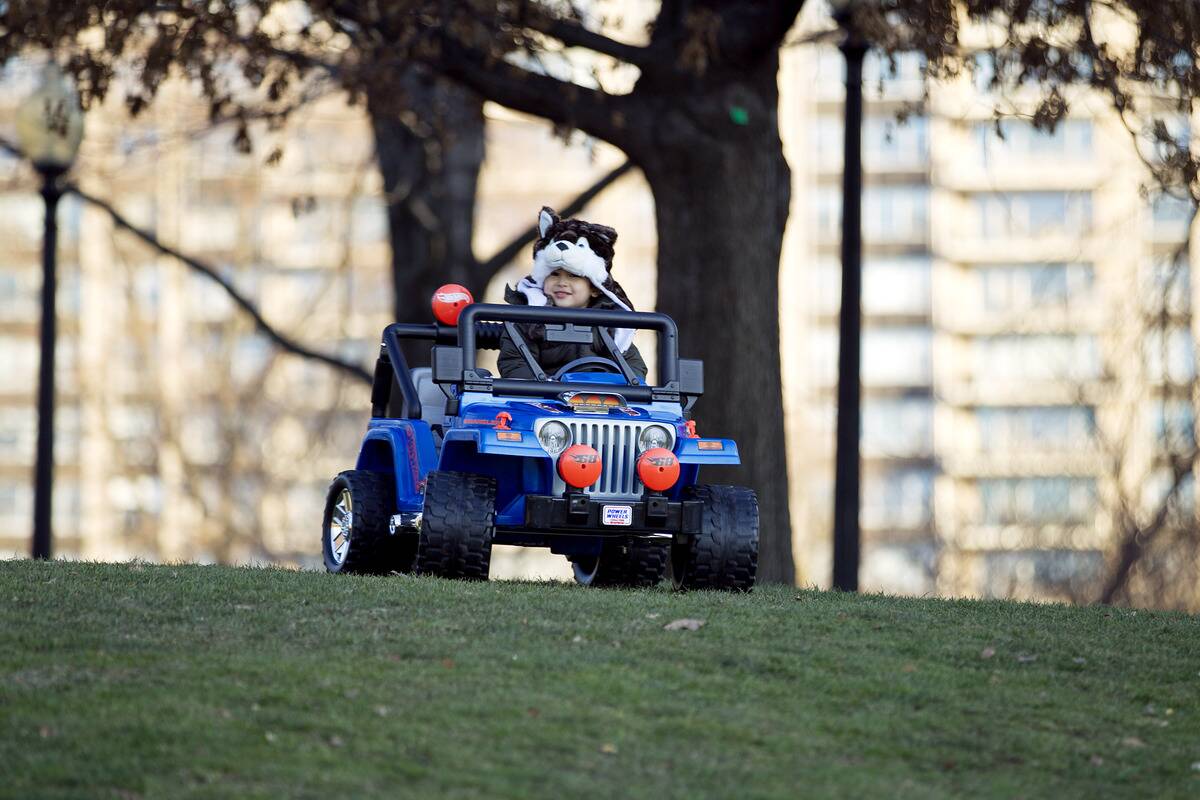
Fisher-Price Power Wheels, miniature battery-powered vehicles, have long been a hit with young children. However, early models had issues with overheating and faulty wiring, leading to sudden stops and, in some cases, fires.
A recall in the late 1990s addressed these issues, and today’s models are much safer. Despite the early setbacks, Power Wheels continue to thrill young drivers with their realistic design.
Vintage BB Guns: Aiming for Controversy

Vintage BB guns, often marketed as toys, sparked significant controversy due to their potential to cause harm. While they were intended for target practice, they could cause serious injuries if misused.
Incidents of eye injuries and property damage led to calls for stricter regulations. Today, BB guns are treated with more caution, often requiring adult supervision, reflecting a shift towards prioritizing safety.
Vintage Toy Guns: Sparking Imitation Concerns
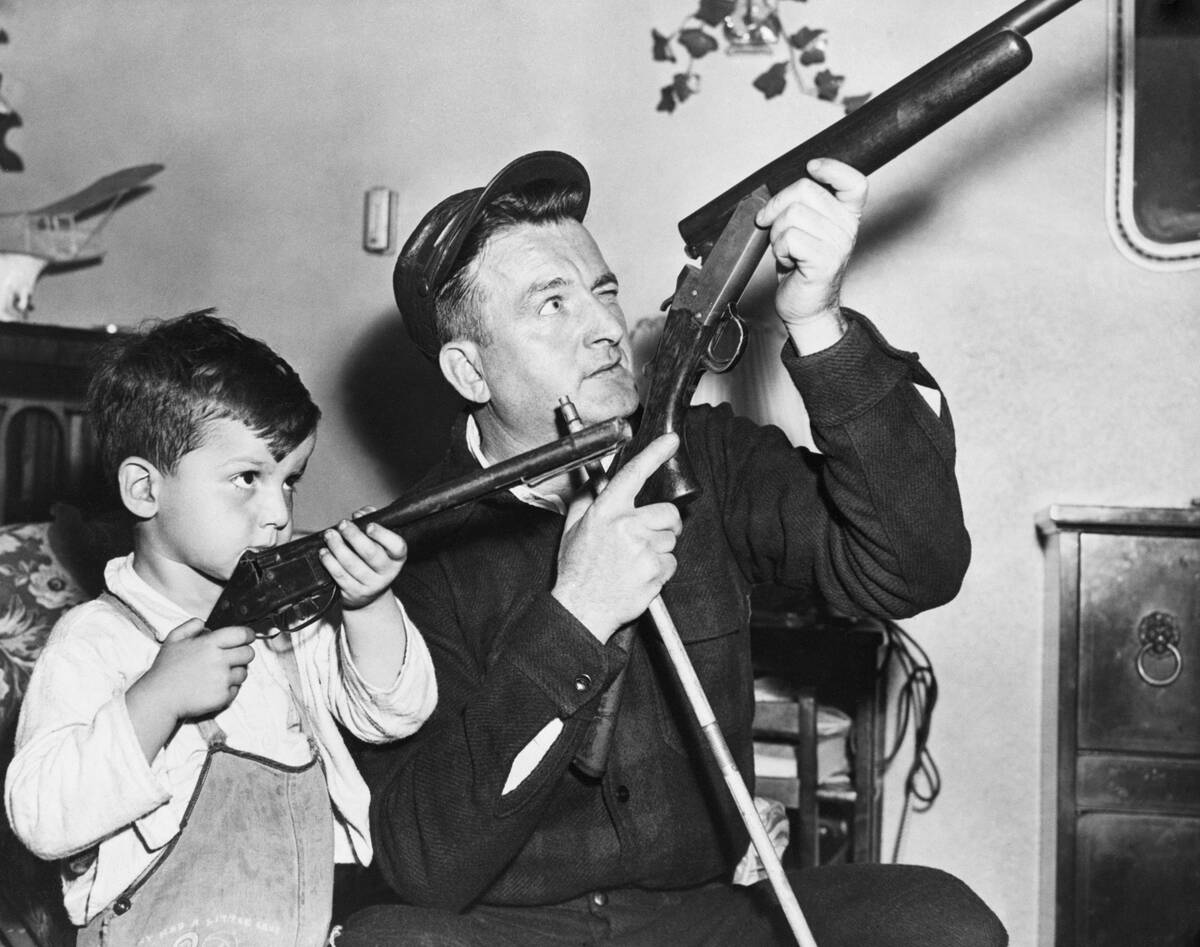
Vintage toy guns, often designed to look realistic, were once a staple of childhood play. However, their lifelike appearance raised concerns about imitation and safety, particularly in public spaces.
Incidents where toy guns were mistaken for real firearms prompted a reevaluation of their design. Modern toy guns now often feature bright colors and distinctive markings to ensure they are easily distinguishable from real weapons.




